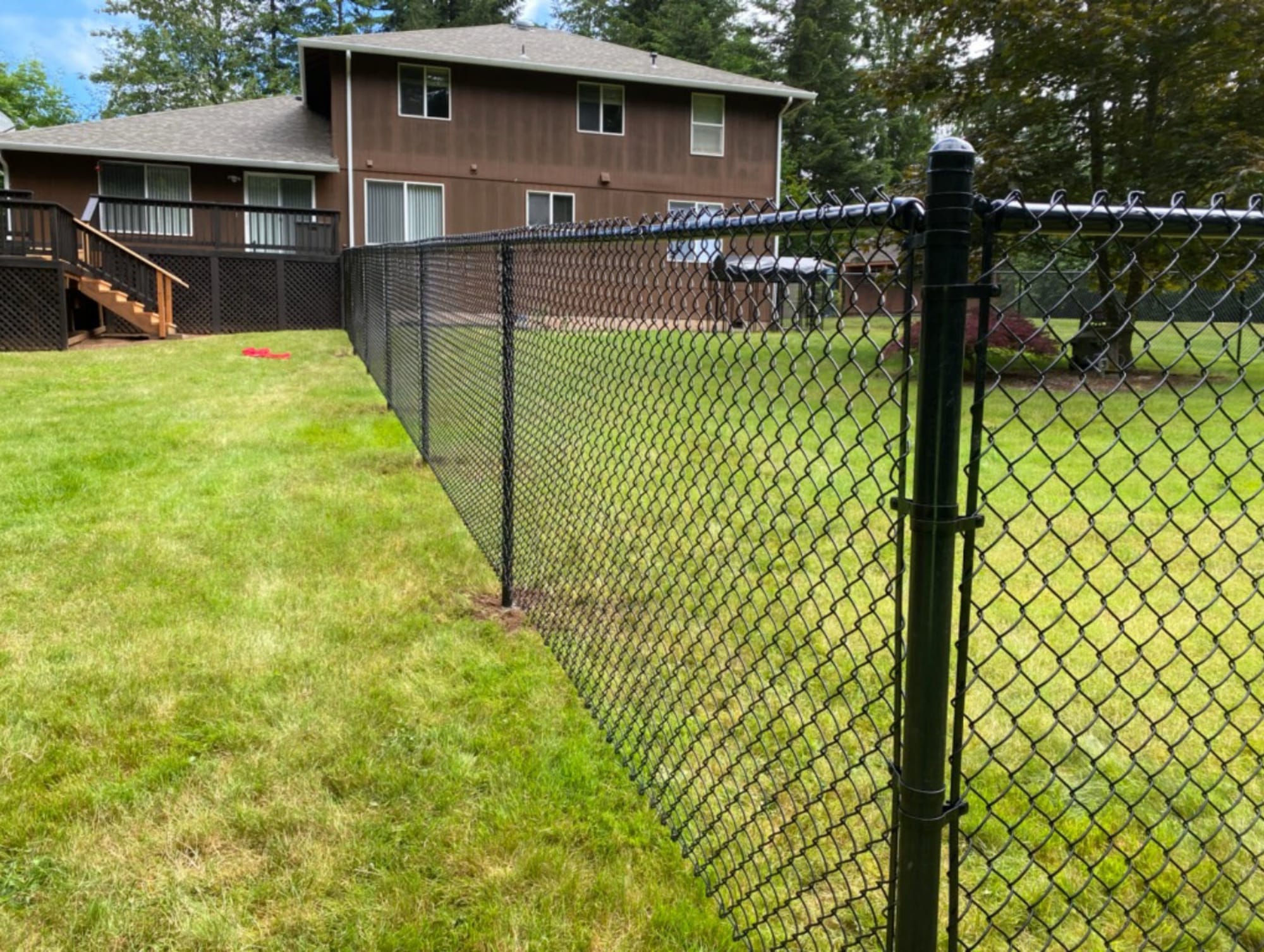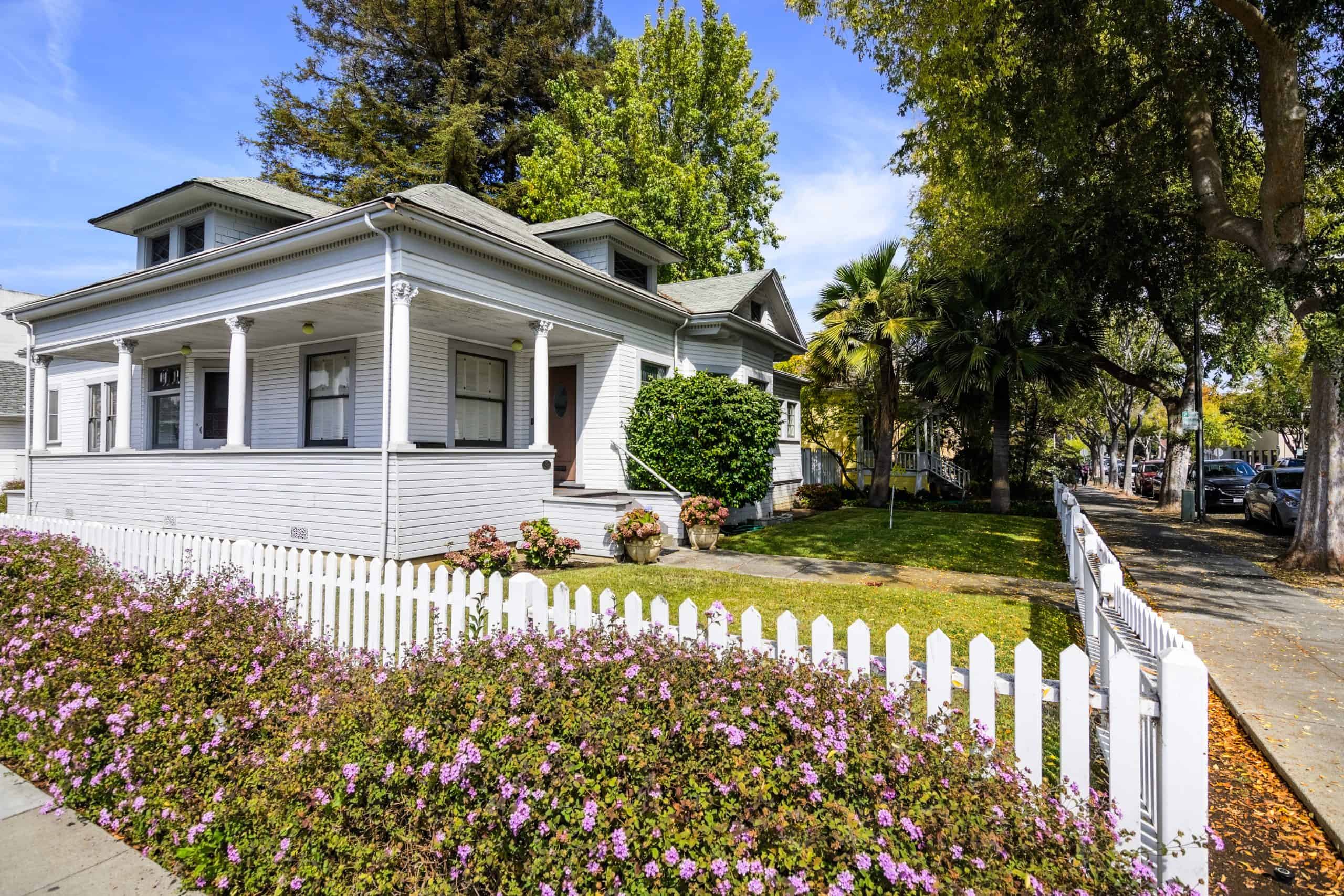All Categories
Featured

As sustainability comes to be an increasingly important consideration for home owners, more individuals are transforming to environment-friendly fence products. Whether you're building a fence for personal privacy, safety and security, or aesthetic functions, choosing products that lessen ecological impact is a terrific method to contribute to a much healthier planet. Below's a look at the top environmentally friendly fencing materials offered today and their advantages.
- Bamboo Fence: Fast-Growing and Renewable. Bamboo is one of one of the most lasting secure fencing products on the marketplace. Unlike typical wood, bamboo is incredibly fast-growing, which means it can be harvested without depleting woodlands. This makes it a highly renewable energy, with some varieties expanding up to 3 feet in a solitary day.
Environmental Advantages: Bamboo absorbs much more co2 than several other plants, aiding to counter greenhouse gases. Its quick development rate indicates it can be harvested on a regular basis, making it a renewable material. Toughness: Bamboo fencings are naturally immune to parasites and decay, particularly when correctly treated, lowering the need for chemical therapies. Visual Appeal: Bamboo provides a distinct, all-natural look that matches both modern-day and typical landscape design layouts. While bamboo is a terrific option, it's vital to guarantee that the bamboo utilized is responsibly sourced to avoid contributing to ecological destruction.
- Recycled Steel Fencing: Recyclable and resilient. Recycled metal fence, such as light weight aluminum or steel, offers an environmentally friendly choice to conventional wood fences. These steels are typically made from recycled products, lowering the requirement for brand-new mining and the ecological influence associated with removing basic materials.

Ecological Advantages: Metals like aluminum and steel are 100% recyclable, meaning they can be recycled and repurposed forever without shedding high quality. Resilience: Metal fencings are extremely long lasting, resistant to weather, pests, and put on, making them a lasting selection that does not require to be changed frequently. Low Maintenance: Recycled steel fences call for marginal upkeep and do not need to be painted or sealed frequently, lowering the need for extra chemicals. The main drawback is that metal fencings might not give the very same privacy as timber or vinyl options, as they can have voids relying on the style.
- Recycled Timber Secure Fencing: Lasting and Natural. For those that love the timeless look of timber yet want an environment-friendly choice, recycled timber fence is an outstanding selection. This material is made from recovered wood from old structures, pallets, and even furnishings, diverting these products from land fills.
Environmental Benefits: Making use of recycled timber protects against the demand to cut down new trees, assisting to decrease and preserve woodlands deforestation. Aesthetic Charm: Recycled wood offers a rustic, all-natural appearance and can be personalized to suit any home design. Sustainability: Because it is sourced from existing wood products, recycled wood does not require new processing, which minimizes energy usage and carbon discharges. While recycled wood fencings are an environmentally friendly alternative, they may require more maintenance gradually than steel or bamboo fencings, as timber can be susceptible to degeneration and parasites otherwise appropriately treated.

- Living Fencings: Natural and Green. Living fencings, which are made from dense plantings like hedges, bushes, or trees, supply a completely all-natural and green choice to conventional fence products. These fencings not only supply personal privacy but also improve your garden with gorgeous plant.
Ecological Benefits: Living fencings can absorb carbon dioxide, offer environment for wildlife, and boost air high quality. Sound Decrease: Thick growings can work as all-natural audio obstacles, decreasing traffic sound or other unwanted sounds. Aesthetic Allure: They add a soft, natural visual to any building and can be tailored to fit any design. While living fences are environmentally friendly, they do need regular upkeep such as pruning, watering, and often pest control.
- Hemp Fencing: Strong and eco-friendly. Hemp is one more lasting product that has made its way into the fence market. Hemp fencings are made from strong hemp fibers that are woven together to develop green and sturdy panels.
Ecological Benefits: Hemp expands swiftly and requires marginal water, making it a resource-efficient plant. The material is eco-friendly and can be composted when no more required. Stamina and Durability: Hemp fencing is weather-resistant and surprisingly solid, making it ideal for numerous environments. Sustainability: Hemp farming requires fewer chemicals and plant foods than conventional plants, making it an ecologically liable choice. Hemp fence might not be as widely offered as various other products, depending on your place.
Verdict: Sustainable Choices for every single Demand. Picking environment-friendly fence materials is a terrific way to lower your environmental footprint while still attaining the privacy, protection, and visual you want. From fast-growing bamboo to recycled timber and steel, there are a selection of lasting options that can assist you create an attractive, functional fence while sustaining a healthier world. By considering variables such as resilience, maintenance, and environmental effect, you can pick the most effective green fence material for your requirements and way of living.
Latest Posts
Secure Your Financial Investment with Specialist Gutter Installment
Published May 26, 25
1 min read
Learn How to Reduce Expenses on Car Maintenance with Montclare Auto Repair’s Limited-Time Deals
Published May 23, 25
1 min read
Identifying When Your Car Needs Skilled Vehicle Service at Montclare Auto Repair
Published May 23, 25
1 min read
More
Latest Posts
Secure Your Financial Investment with Specialist Gutter Installment
Published May 26, 25
1 min read
Learn How to Reduce Expenses on Car Maintenance with Montclare Auto Repair’s Limited-Time Deals
Published May 23, 25
1 min read
Identifying When Your Car Needs Skilled Vehicle Service at Montclare Auto Repair
Published May 23, 25
1 min read